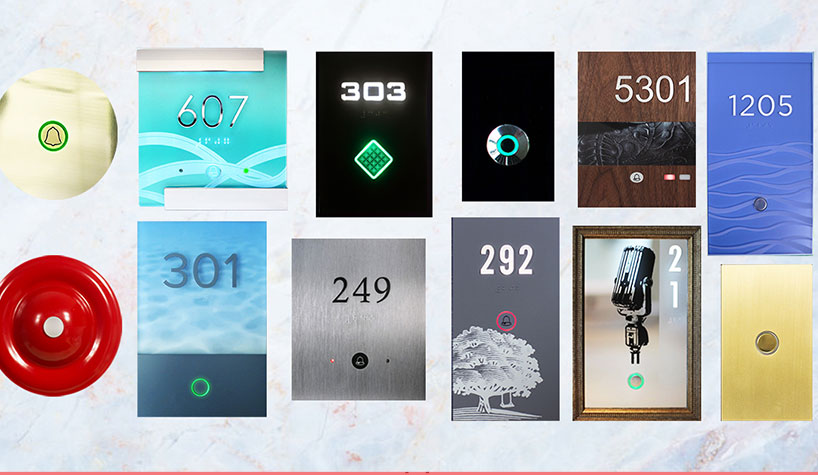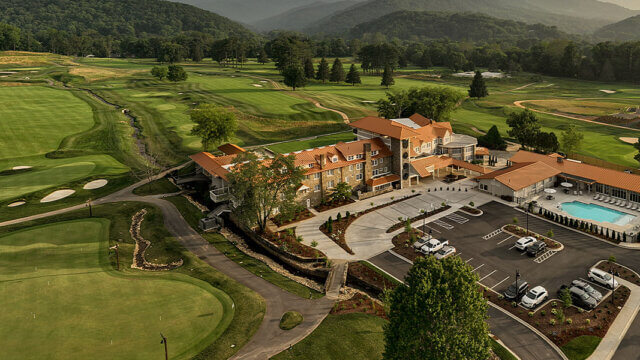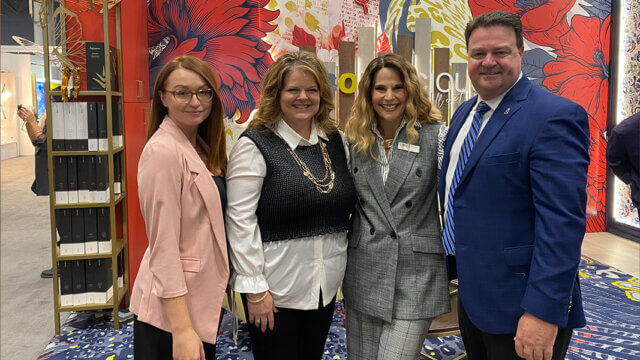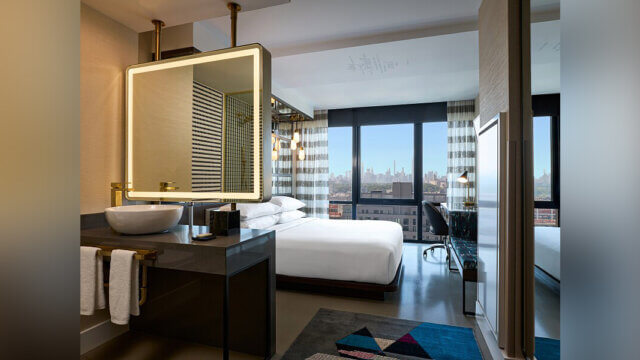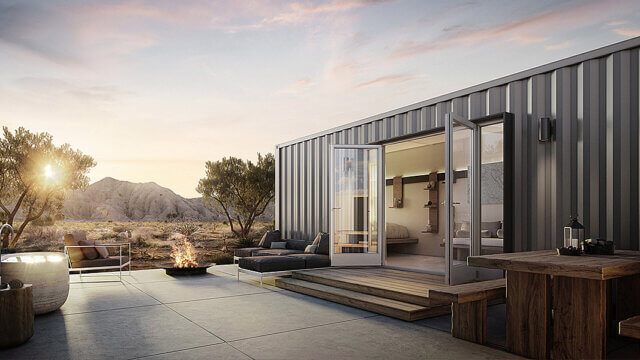KELOWNA, BRITISH COLUMBIA—To help streamline housekeeping operations and elevate the overall guest experience at hotels, resorts and casinos, Axxess Industries has collaborated with designers on electronic Do-Not-Disturb systems.
“Most of our customers prefer to incorporate our electronics into our custom room number signs that we create entirely in concert with our customers and their designers. Every product is manufactured in-house, which allows us to tailor our designs to any specific need,” said Travis Matsuda, designer, Axxess Industries.
When working with architects and designers, Axxess Industries kicks off the collaboration process with a catalog of past projects for reference of design and visual ideas.
“Our clients normally ask us about lighting limitations for their project, which can vary depending on their design needs,” said Matsuda. “Then, we follow up with a number of inquiries about the project: if there are wall fixtures we need to avoid, if the signs will be mounted to electrical boxes or if this is an indoor or outdoor application. We go back and forth ensuring both parties have a clear understanding of what the project needs and any limitations or constraints we have to work around.”
Among the best practices when it comes to signage design in hospitality spaces is ensuring the signage can mount to electrical boxes for ease of installation and serviceability.
“Designers should consider incorporating edge lighting, illuminated numbers or unique applications of light to add an elevated visual element to their design,” he said. “Most importantly, know the standards and local requirements that your signage needs to meet. For example, check if the sign needs to adhere to ADA requirements; this can cause unavoidable changes to your design so it’s best to know your constraints before getting too far into your design process.”
Customization is important to the major hotel players. Axxess Industries helps hospitality companies to reflect the brand’s look and feel as well as its core branding.
“We complement each brand we work with by using similar materials, designs and colors as the brand. Along with knowing how the signage will be installed in the property, this allows us to match the design to the location,” said Matsuda. “We also incorporate printing, etching and illumination into any logos we’re cleared to use to help define the brand in an intriguing way. Since everything we do is in-house the customization possibilities are endless.”
Here, Matsuda outlines what designers and architects should consider when it comes to signage in hotel settings:
- Design changes early on are relatively quick and cheap to implement but as production moves forward, it becomes exponentially more difficult to change. It’s best to solidify your design earlier in the process rather than later.
- When designing a sign, you should always consider the practicality of how this sign needs to be built. The more complicated the sign is directly affects the cost and time needed to manufacture it.
- Using cost-effective material alternatives in your signage should always be considered. There are a variety of materials and finishes available that match brass, bronze and nickel without the high price tag. Once the signs are on the wall, it is very difficult to tell the difference. Axxess Industries will send a sample so clients can see the quality of these alternatives in-person.
“At Axxess Industries, our systems are manufactured to blend into the guestroom and complement the project’s overall design while adding convenience to your guest experience and streamlining staff operations,” concluded Matsuda.
